

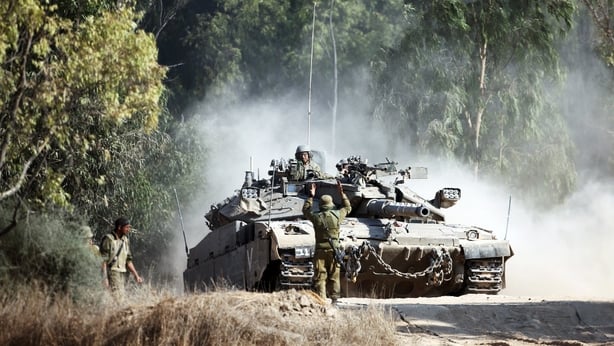
As the ceasefire between Israel and Hamas took effect, three Israeli hostages, all women, were officially handed over to the Red Cross in Gaza City for their return to Israel. Despite the delay in the truce, the UN was able to send aid trucks into the devastated Palestinian territory, as thousands of war-displaced Palestinians made their way back to their homes, facing scenes of destruction and rubble. One resident described the destruction as "unprecedented" and said there was "nothing left" in the once-bustling northern area of Jabalia.
Ceasefire and Aid Delivery Amidst Devastation in Gaza
Following a 12-hour delay in the implementation of a ceasefire agreement, Israel and Hamas have officially exchanged hostages and resumed aid deliveries to the war-torn Gaza Strip.
Hostage Exchange
As part of the truce, three Israeli hostages who had been held captive in Gaza City were handed over to the Red Cross. The women, who were taken hostage during an attempted border crossing in 2015, were escorted to the Erez Crossing for their return to Israel.
Aid Deliveries
Despite the initial delay, the United Nations has been able to send aid trucks into Gaza, carrying essential supplies such as food, medicine, and shelter materials. Thousands of war-displaced Palestinians have begun returning to their homes, facing scenes of devastation and rubble.
Extent of Devastation
Reports from Gaza indicate that the destruction is extensive, particularly in the northern area of Jabalia. Residents have described scenes of "unprecedented" damage, with homes reduced to ruins and infrastructure destroyed.
Background
The latest round of conflict began on May 10, 2021, with rocket attacks launched by Hamas towards Jerusalem. Israel responded with airstrikes on Gaza, leading to a cycle of violence that lasted for 11 days.
Top 5 FAQs
1. What did the ceasefire agreement include? The ceasefire agreement called for a complete cessation of hostilities, the exchange of hostages, and the resumption of aid deliveries to Gaza.
2. Why was there a delay in implementing the ceasefire? Both Israel and Hamas reported violations of the ceasefire in the hours before it was officially to take effect, leading to a delay in the handover of hostages and the delivery of aid.
3. How many casualties were there during the conflict? According to the Palestinian Health Ministry, at least 248 Palestinians, including 66 children, were killed in Gaza. Israel reported 13 deaths, including two children.
4. What is the long-term outlook for Gaza? The ceasefire provides a temporary respite from violence, but the underlying causes of the conflict, including the Israeli blockade of Gaza and the occupation of the West Bank, remain unresolved.
5. What role can the international community play? The international community can support the ceasefire by calling for an end to violence, providing humanitarian assistance to Gaza, and working towards a just and lasting solution to the conflict.
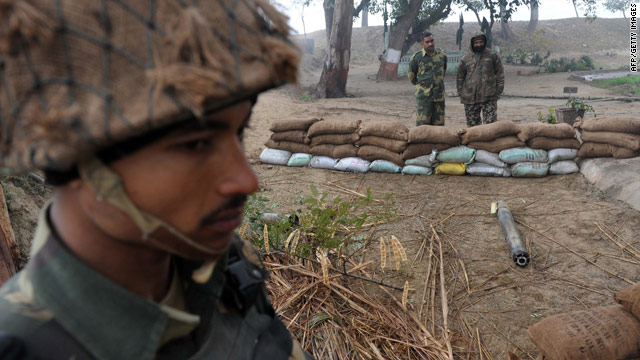
In a latest episode of the ongoing tensions between India and Pakistan, both sides made serious allegations against each other. According to Pakistan, 25 of its drones were shot down by India overnight, while India claims to have neutralized several drones and missiles from Pakistan. The causes of the clash, which resulted in the deaths of 31 people in Pakistan and 16 civilians in India, are disputed by both sides. The region of Kashmir is at the center of this conflict, with both India and Pakistan claiming it in full and experiencing a decades-long insurgency. This border skirmish has escalated tensions even further between the two nuclear-armed neighbors.
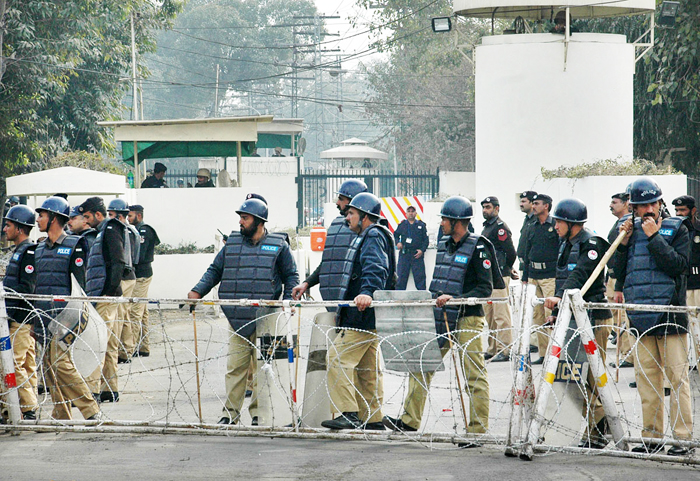
Amid reported drone explosions and downed drones, the US Consulate in Lahore has instructed its personnel to shelter-in-place for safety. Initial reports also suggest that authorities may be evacuating adjacent areas to the Lahore airport. The Consulate has advised American citizens to leave the area while news agency PTI reports that four drones have hit the Lahore cantonment area. In response, Pakistan Army has opened fire and played a siren, causing panic among residents. More updates to follow.
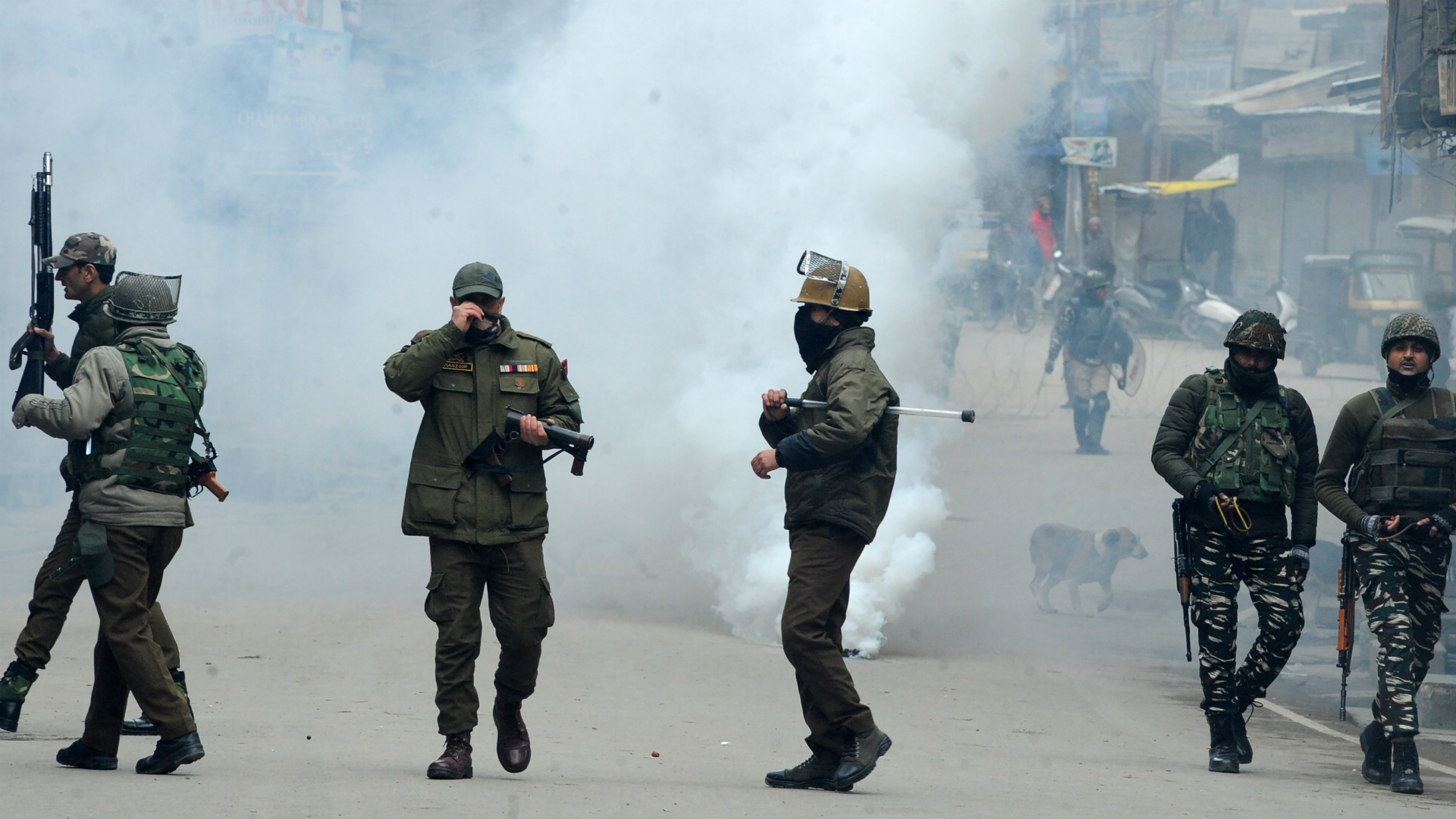
In a major victory for India's armed forces, they successfully targeted and destroyed a critical communication setup of the terror group Jaish-e-Mohammad in Pakistan. The site, located in the Sarjal village, was a vital link for communication between infiltrated terrorists in Jammu and Kashmir and their handlers across the border. The communication equipment, including high-tech LoRA Ultra Sets and Digital Mobile Radios, were supplied by the Pakistani Army and Inter Services Intelligence to bypass traditional networks and evade detection. With this strike, India has disrupted the terrorists' ability to coordinate and plan attacks, enhancing the security of the region.
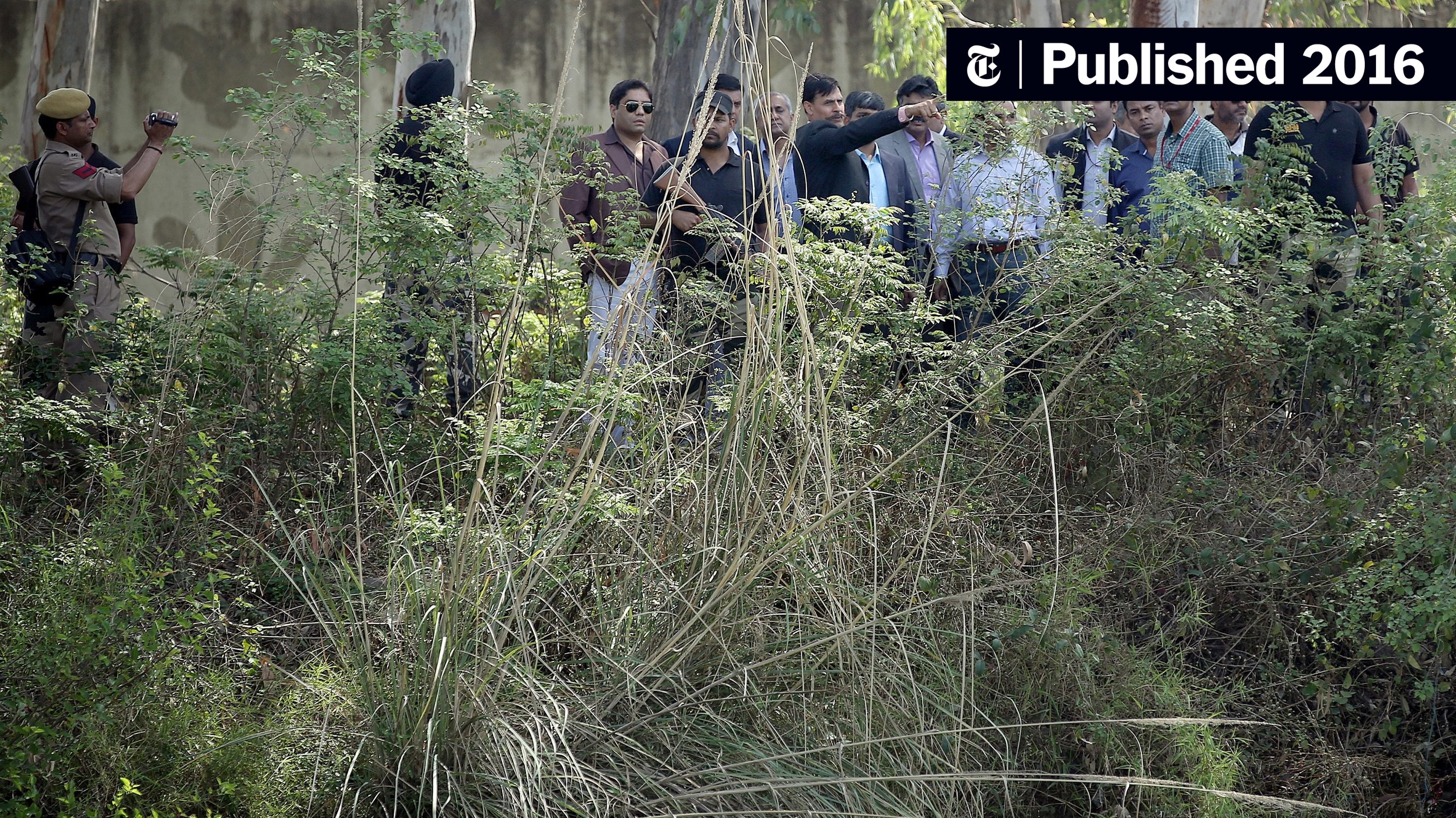
In response to the recent terror attack in Jammu and Kashmir's Pahalgam, the Indian government has taken strict measures to block Pakistani YouTube channels and accounts spreading disinformation and fake news. This includes the Indian YouTube channel '4 PM', which was reporting on the Pahalgam attack, and the X account of Pakistani Defence Minister Khawaja Asif. The move comes after several top news channels in Pakistan were also banned for disseminating provocative and misleading content regarding the attack.
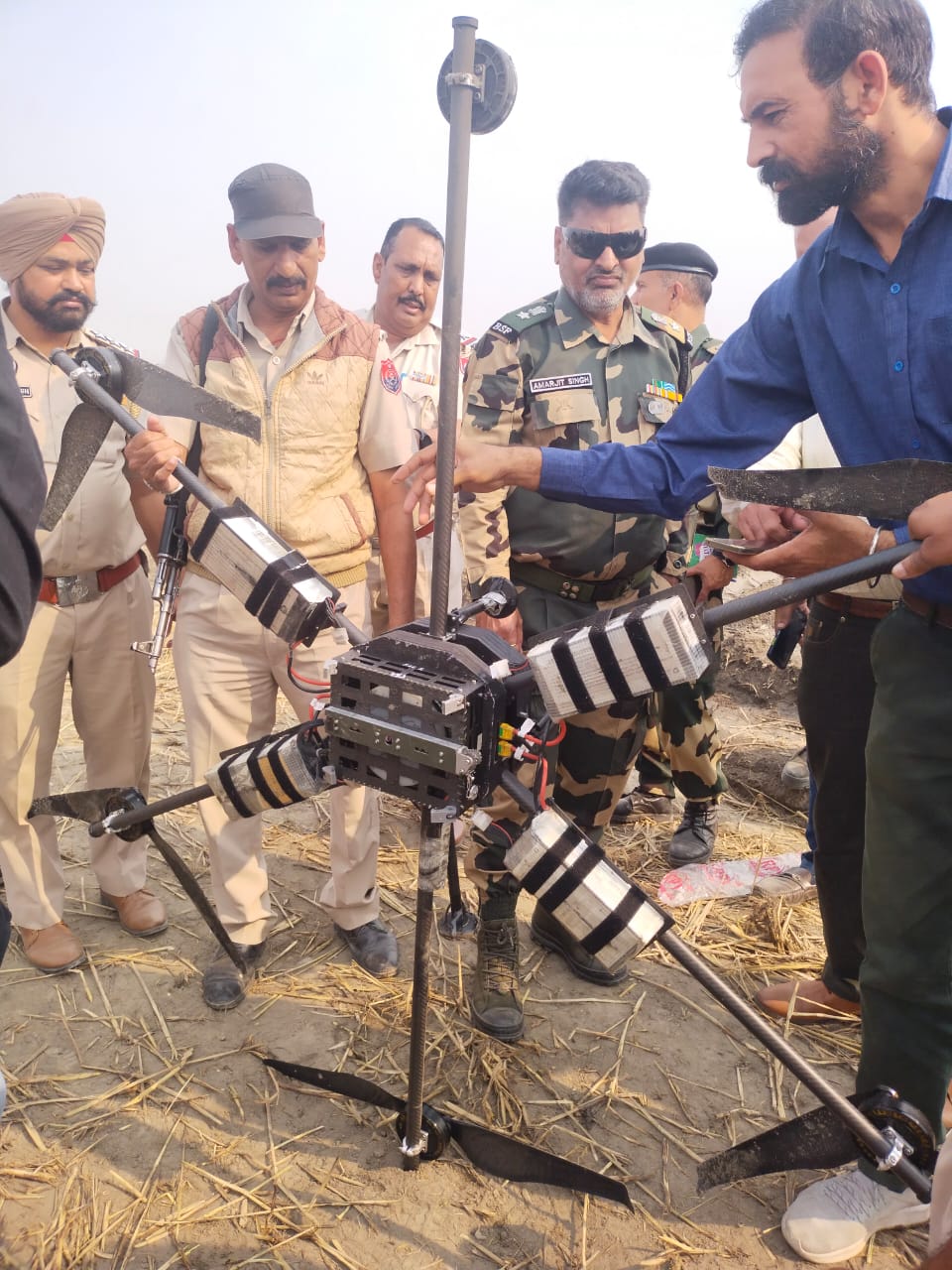
Amid rising tensions between India and Pakistan, Pakistan's Army spokesperson announced at a press conference that they had shot down 12 Indian Harop drones. These loitering munition drones, equipped with advanced technology, are capable of detecting and destroying high-value military targets. Developed by Israel Aerospace Industries, the drones have been imported by India over the past decade, making the situation even more alarming for the two neighbouring countries.
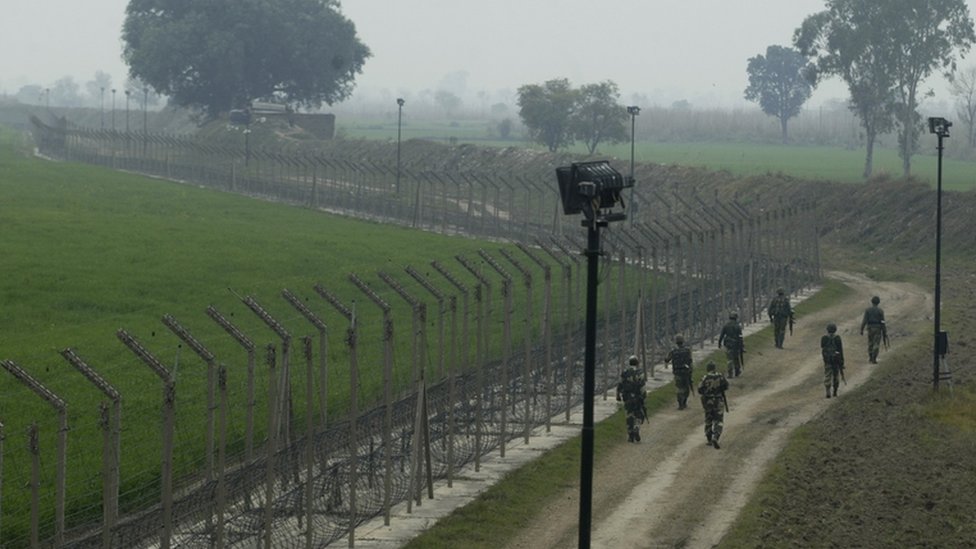
The already tense situation between India and Pakistan has escalated even further following a suspicious drone incident near the border in Gujarat. The police and Air Force are investigating the incident while security remains on high alert. This incident comes after Indian missile strikes on nine terrorist hideouts in Pakistan and POK, resulting in reported deaths. As tensions continue to rise, border residents are being evacuated and the Indian Army is launching a strong counteroffensive.
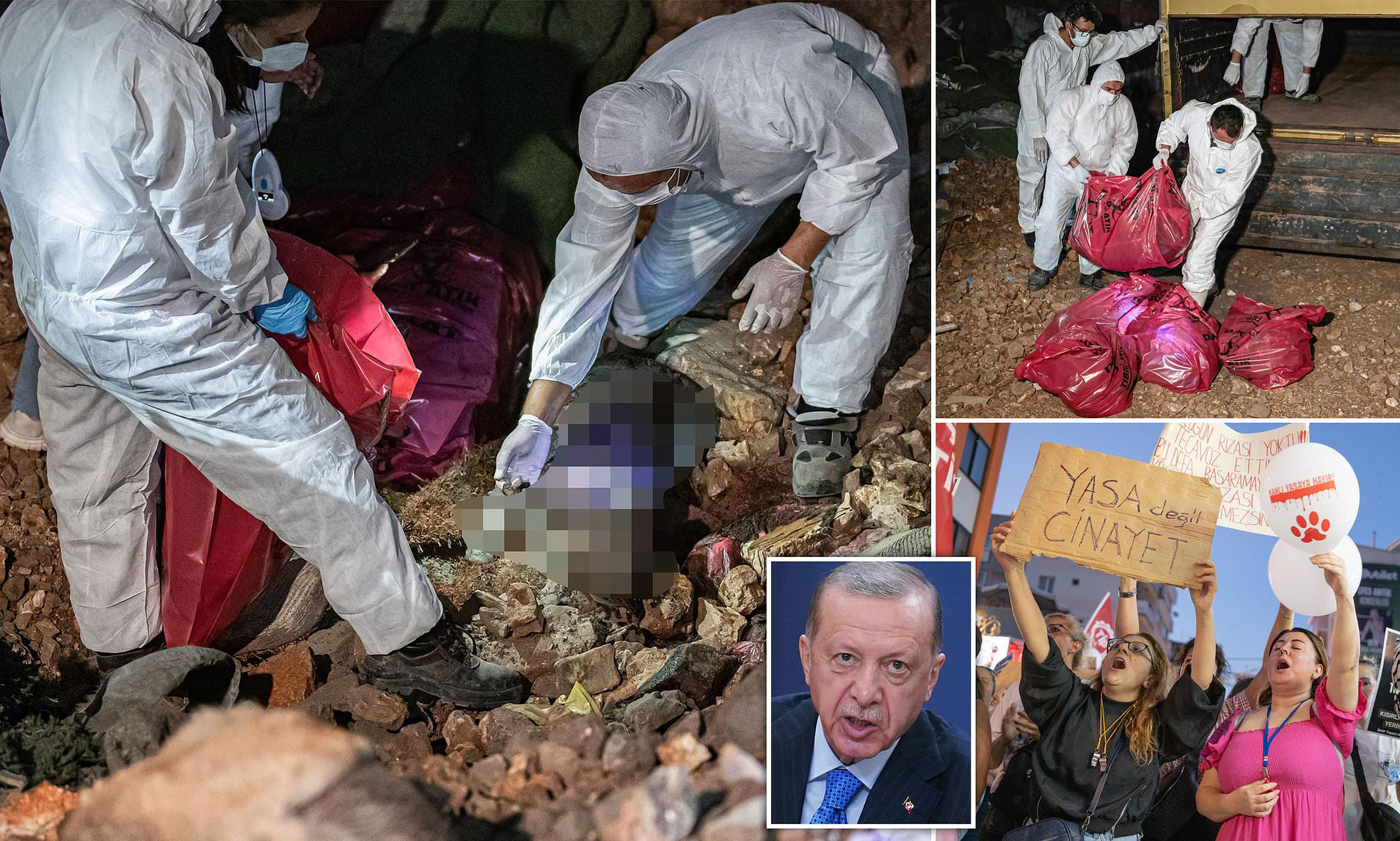
Outrage has erupted online after Azerbaijan and Turkey spoke out against India's strikes on terror camps in Pakistan and PoK. Indian entrepreneurs, financial analysts, and social media users are calling for a boycott of tourism to Baku and Turkey in response. The hashtag 'Boycott Baku' has been trending as Indians urge their fellow citizens to show their power by withholding economic engagement with nations that align with Pakistan.

Residents of Amritsar, a city in India located on the border with Pakistan, are seen calmly enjoying their morning tea despite the ongoing tension between the two countries. Amritsar MP Gurjeet Singh Aujla and former Senior Deputy Mayor Raman Bakshi assert that people of Amritsar are united with the Indian Army in the face of the conflict. However, former MLA Sunil Dutti urges people not to panic and to stick together in these uncertain times.
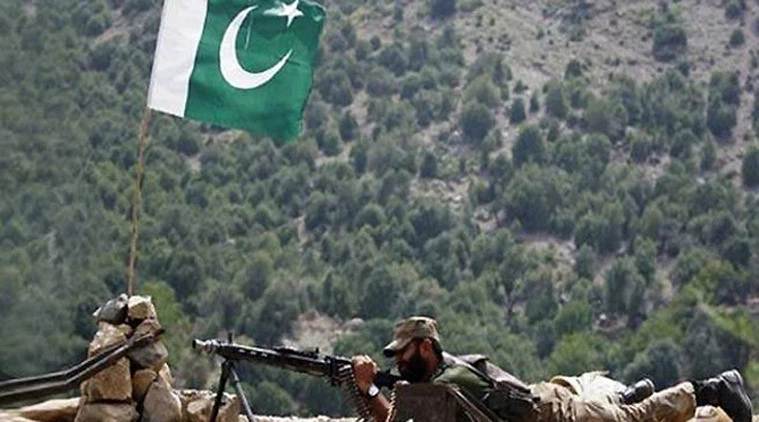
A 25-minute strike, known as Operation Sindoor, was conducted by the Indian military in retaliation to the recent Pahalgam terror attack. Utilizing advanced weapons and drones, multiple terror camps in Pakistan were targeted, showcasing India's enhanced military capabilities. The success of the precise operation was captured as evidence and sent a strong message against terror attacks from the neighboring country. This marks a significant milestone in India's narrative journalism in showcasing their military prowess.

World Red Cross and Red Crescent Day, observed annually on May 8, pays tribute to the dedication of volunteers and staff in promoting the principles of the global movement, founded by Henry Dunant. This day serves as a reminder to uphold human values and spread peace and hope amidst growing inequality, health crises, and global unrest. The theme for this year, "Keeping Humanity Alive", highlights the importance of compassionate and solidarity in responding to natural disasters, conflicts, and health emergencies.